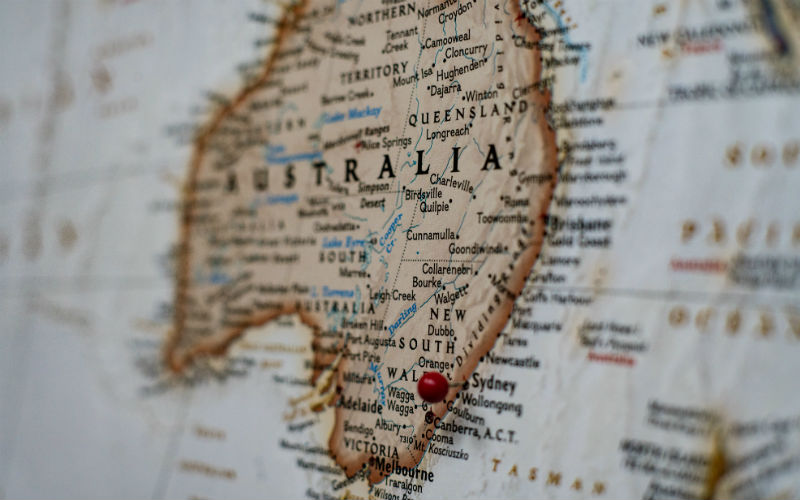The ABS Consumer Price Index (CPI) revealed that in the 12 months to the March 2023 quarter, inflation was 7.0% - down from the previous reading of 7.8%.
Major bank economists had all tipped the pace of annual inflation to decline off the back of a December 2022 quarter peak, with CommBank, Westpac and NAB anticipating a flat 7.0% annualised rate, while ANZ expected inflation to fall to 6.9%.
ABS Head of Prices Statistics Michelle Marquardt said CPI inflation slowed in the March quarter, with the quarterly rise the lowest observed since December 2021.
“While prices continued to rise for most goods and services, many of these increases were smaller than they have been in recent quarters,” Ms Marquardt said.
The ABS revealed the key contributors to the quarterly increase of 1.4% to March 2023 include medical and hospital services (+4.2%), tertiary education (+9.7%), gas and other household fuels (+14.3%) and domestic holiday travel and accommodation (+4.7 per cent).
"Prices for medical and hospital services typically rise in the March quarter as GPs and other health service providers review their consultation fees, and the Medicare Safety Net is reset at the start of the calendar year," Ms Marquardt said.
"This year some private health insurance premiums also increased in January, adding to the price rise for medical and hospital services.
"Tertiary education fees are also indexed at the start of the year. This quarter additional strength was seen in tertiary education as changes in student contribution bands and fees introduced in 2021 as part of the Jobs-ready Graduates Package continued to flow through to the index."
Monthly inflation falls to 6.3%
Alongside quarterly inflation figures released on Wednesday, the ABS has lifted the lid on monthly figures with the Monthly Inflation Index for March revealing a decrease in the annualised figure to 6.3%.
Since peaking at record-highs of 8.4% in December 2022, monthly inflation has continued its downward trajectory, recording results of 7.4% in January and 6.8% in February.
CommBank Economist Stephen Wu noted the monthly CPI indicator suggests goods disinflation - a decrease in the pace of price increases across everyday goods - is occurring in Australia, as it is elsewhere.
“Negative real household disposable income growth and negative wealth effects are weighing on consumer demand as the impact of the RBA’s 350 basis points of hikes is flowing through the economy,” Mr Wu said.
Will declining inflation be the cause for a May pause?
Stake ASX Equities Analyst Dylan Zhang noted unemployment data released last week by the ABS which showed that job growth was well above expectations, means there is arguably still a case for the RBA to hike rates.
"Yet the RBA has been increasingly dovish, and the 50% drop in First Republic Bank stock overnight, suggests fears of a banking crisis could be reignited," Mr Zhang said.
"Based on today’s market reaction, it seems that investors are banking on another pause in May."
AMP Chief Economist Shane Oliver said lower than expected March quarter inflation (CPI 7% vs RBA forecast of 7.4%) should help provide scope to continue the pause on rates next month.
"RBA concerns about stronger population growth adding to housing, inflation & risks to wages growth make it a close call," Dr Oliver said.
First published on April 2023
Image by Warren Wong via Unsplash



 Harrison Astbury
Harrison Astbury
 Harry O'Sullivan
Harry O'Sullivan




